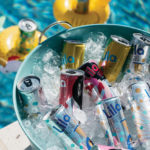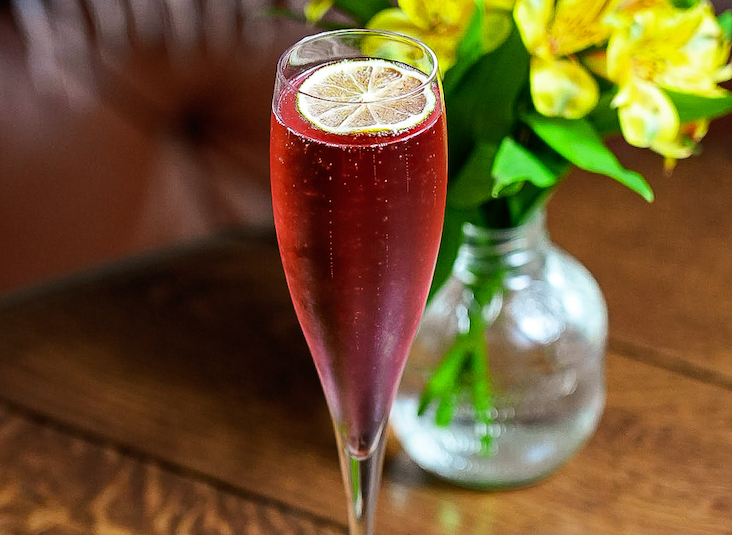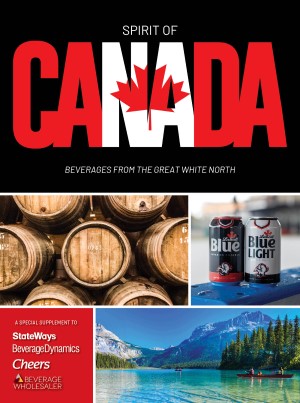Tequila is loving the limelight. The category in 2018 celebrated 17 years of growth, with consumption accelerating in the past five to six years.
“Now cocktails are showcasing artisanal tequilas and smaller producers with fresh ingredients that let the spirit shine,” says Jennifer Mathieu, assistant general manager at Lona Cocina y Tequileria, recently opened in Fort Lauderdale, FL. The restaurant carries 160 to 200 different tequilas and 40 mezcals. “The same thing is happening with mezcal,” Mathieu notes.
“The agave-spirits category has clearly blown up!” says Kevin Zadoyan, co-owner of two Te’Kila restaurants in Los Angeles. Each location today stocks about 300 bottles of tequila and close to 30 bottles of mezcal. When the concept opened 10 years ago, Zadoyan could dig up just six mezcals, mainly the Del Maguey brand.
“Now we are having trouble keeping up with category growth and the endless varietals of wild agave in the marketplace. Tequila as a refined spirits category has also grown tremendously, as it captures the respect of the discerning drinkers, and this is evident with the growth of extra-anejo,” says Zadoyan.
Tequila and mezcal are indeed one of the fastest-growing spirits categories, according to the Distilled Spirits Council of the U.S. (DISCUS). Volumes rose 7.7% in 2018 to 18.5 million cases. Revenue shot up 10.2% for the total category, with much of that growth coming from the superpremium (10.8%) and high-end (18.9%) brands, according to DISCUS.
Cool and Rare
At FireLake Grill House & Cocktail Bar in Bloomington, MN, bar manager Rachel Hagger reports seeing more tequilas aged in wine barrels. The spirit takes on some of the vinous characteristics. The farm-to-table concept stocks 13 tequilas and two mezcals.
Among the agaves she stocks are Asombroso; Codigo 1530 Origen, an extra anejo tequila; and Gran Patron Piedra. The most popular calls are Patron Añejo and Casamigos mezcal.
“There are innovative products hitting shelves and back bars like cristalinos and smoked tequilas,” notes Ben Potts, bar director at Wynwood hotspot Beaker & Gray and The Sylvester in Miami. Each of his bars carries about 30 tequilas and 10 mezcals. Casamigos is the most common call at the moment.
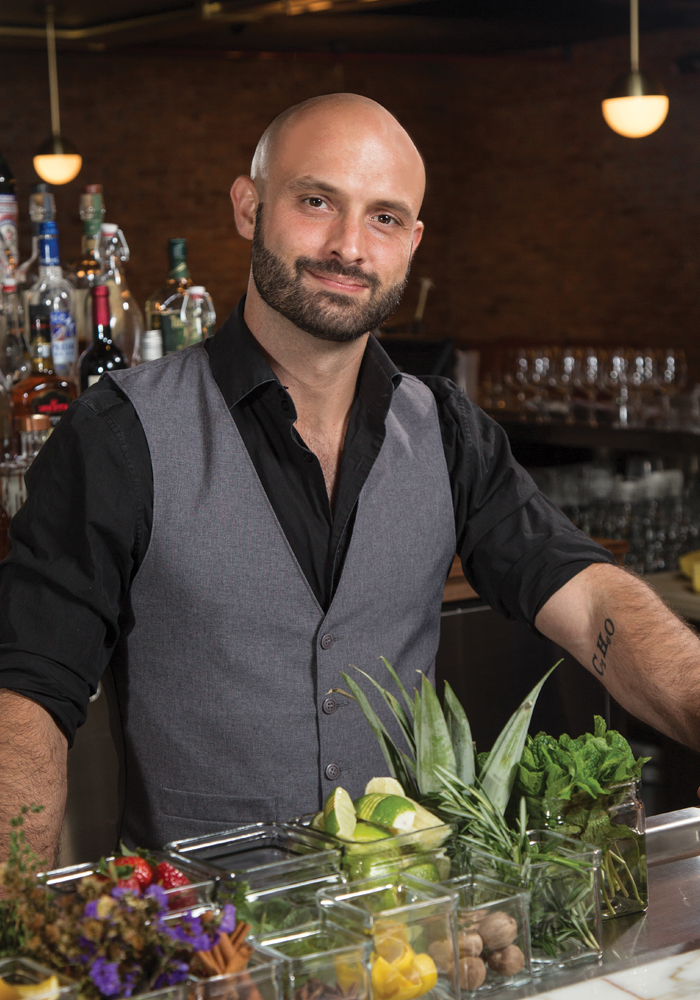
“There are innovative products hitting shelves and back bars like cristalinos and smoked tequilas,” says Ben Potts, bar director at Wynwood hotspot
Beaker & Gray and The Sylvester in Miami.
Lona Cocina y Tequileria offers connoisseurs its Tequila Room, a private dining room with a sea view that also houses bottle lockers. There, regular guests can store rare bottles purchased for drinking on-premise. A local artist crafted wall paintings, and some of the traditional decor was provided by chef Pablo Salas.
The signature cocktail, Lona Picante, is served in Mexican clay cups called gritos. It’s made with Volcan Blanco Tequila, Del Maguey Vida Mezcal, jalapeno-infused Chartreuse and agave syrup ($14). “It’s a gorgeous presentation,” says Mathieu.
The Sternewirth Tavern and Club Room at the Hotel Emma in San Antonio, TX, has partnered with the Casa San Matías distillery on a tequila. “We’re thrilled for the release of our very own Hotel Emma single barrel from Corazón,” says manager Devon Daley.
The bar now carries about 20 examples each of tequila and mezcal, as well as Desert Door, a Texas sotol. To celebrate the barrel’s debut, Sternewirth in May hosted a dinner with owner/CEO Carmen Villareal and master distiller Rocio Rodriguez, the only female master distiller in Mexico.
Agave and Beyond
Bartenders and agave aficionados are looking beyond mass-market tequila to smaller producers and varietal mezcals. They are also branching out to embrace other agave spirits, such as raicilla and bacanora as well as sotol, made from the desert spoon plant.
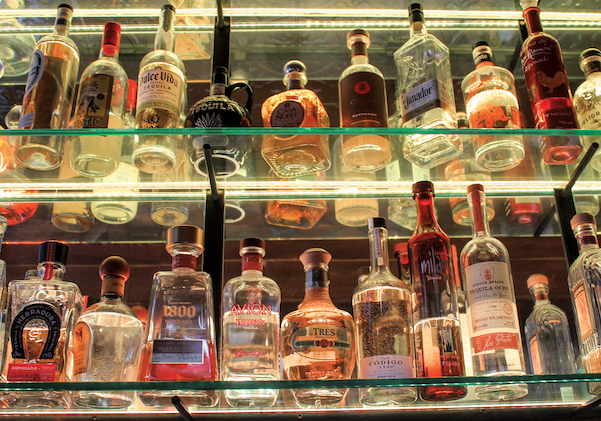
The two Te’Kila restaurants in Los Angeles. Each location today stocks about 300 bottles of tequila and nearly 30 bottles of mezcal;
“I’m seeing a lot more family-owned and smaller producers on the market,” says Christopher Longoria, bar director at Che Fico Restaurant in San Francisco. Longoria carries six tequilas and three mezcals; with limited shelf space, he rotates in different producers to keep things interesting.
The most popular calls are Fortaleza Repo and Don Julio 1942. “Two of the more of the unusal spirits I carry are Clande sotol and La Herencia de Sanchez pechuga.” This latter mezcal is distilled with raw chicken breast.
“We are constantly sourcing new agave distillates that represent different areas of Mexico,” says Lauli Cusimano, who is the tequila/mezcal curator at Death by Tequila, a Baja restaurant and tequila bar in Encinitas, CA. She presently stocks 75 tequilas, 25 mezcals and five other agave distillates such as raicilla, chato, chacolo, bacanora and a sotol.
All of the agave spirits are neat, or in a flight with a 1-1.5 oz. pour, depending on the exclusivity of the selection. Prices range from $11 to $250.
Ryan Andrews is the beverage director for GBOD Hospitality Group, a San Diego-based operator of five bars: El Chingon, Havana 1920, Mezé Greek Fusion, Dough Nations and Prohibition. “Our mezcal selection is constantly evolving and revolving, but we have about 40 to 50 selections between the GBOD venues,” says Andrews.
“Sotol and raicilla are two of the rarer agave spirits we feature, as well as tobala and other rare ancestral varietals of mezcal.”
At Te’Kila, “We carry a few esoteric agave-based spirits that are either made out of the protected appellation (i.e., Revel Spirits Avila) or from different agaves (raicilla, bacanora, and sotol),” says Zadoyan. “However, the most popular calls are the different mezcal varietals that have emerged in the past five years such as tobala, espadin and quixe.”
Top-quality tequilas, especially barrel-aged expressions like anejo, extra-anejo and cristalino, should be sipped and savored, bartenders say.
“We are definitely a sipping bar over a shot bar, especially when talking about beautiful spirits like these,” says Daley at Sternewirth. “Agave plants take over a decade to mature, and the resulting spirit is a physical manifestation of over a decade’s worth of care, work, and craftsmanship. The quality in these spirits deserves to be sipped.”
Splitting Bases
One technique that many bartenders use when creating new tequila and mezcal drinks is to use two base spirits as a foundation, which increases complexity and adds flavor.
“We serve split-based cocktails often,” says Harrison Peaks, bar manager at The Patterson House in Nashville. Despite being the heart of bourbon-country, the restaurant carries about 20 tequilas and five mezcals.
“We’ve grown a lot in our tequila selection and now have many different levels of options, anywhere from Casamigos to Clase Azul Reposado,” says Peaks. “A lot of times we’ll use a tequila split-based cocktail to introduce spirits like Scotch and mezcal together, for instance. The two different types of smoke work really well together.”
Pisco and tequila go together nicely, he adds. “And anejo works really well with rum and whiskey.”
Longoria also uses split bases in his cocktails at Che Fico. For example, the Dill uses a split base of tequila and mezcal with bitter bianco, dill-infused absinthe and dry vermouth, in a salt-and-pepper-rimmed glass. The Bishop combines mezcal with Greek mastiha, green Chartreuse, spearmint, cassis and lime. Cocktails are $14 to $15.
Split bases are among the mixology tools Potts employs at Beaker & Gray and The Sylvester. The Lavagave ($16) combines two agave spirits, Don Julio Blanco tequila with Gracias a Dios mezcal, as well as lavender-agave, grapefruit, vanilla bitters and egg white.
Variations on a Theme
“Our main cocktail menu is essentially a giant riff on the Margarita and has something for everyone—including mezcal drinkers,” says Zadoyan at Te’Kila. The Avocado Margarita combines avocado and tequila with St. Germain liqueur, house-made Margarita mix and cilantro.
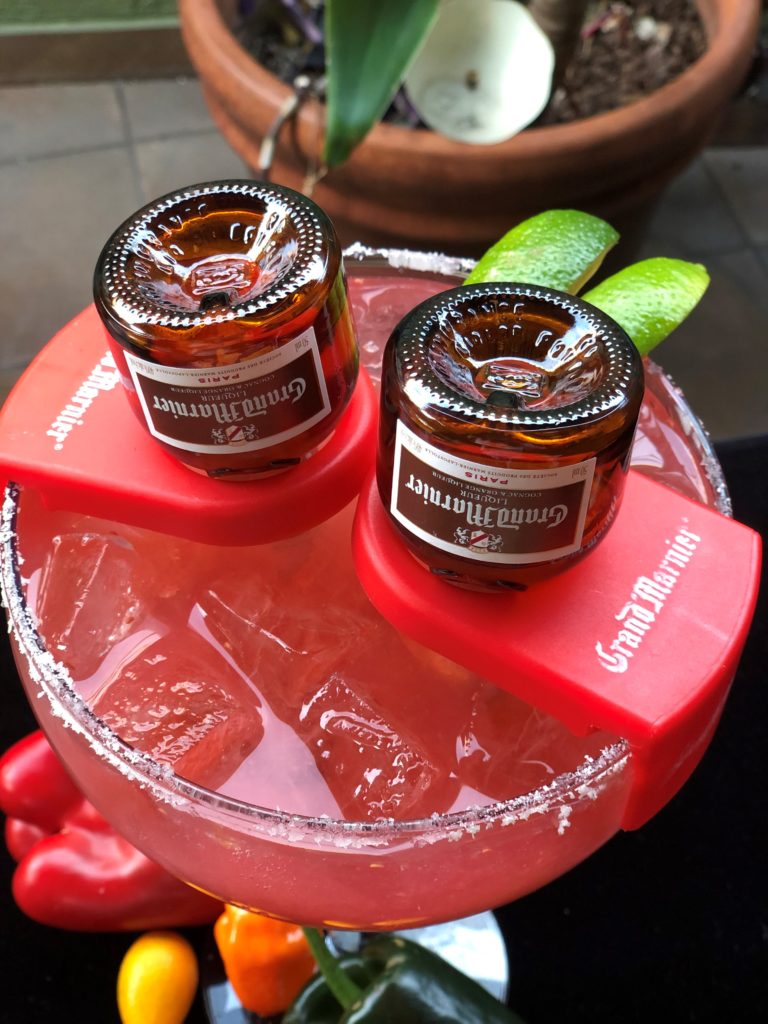
The Grand Cadillac Margarita attracts attention by upending a 50-ml. bottle of Grand Marnier or Grand Marnier Peach Raspberry in the drink. Te’Kila drink prices range from $10 to $16.
“If you think about it, everything is riffing on a Margarita,” says Peaks, about developing tequila cocktails. Deceptively different, however, is the Deceptive Nature, made with D Los Altos Reposado tequila, Cruzan Blackstrap rum, Averna, Manzanilla sherry and Saigon orange liqueur.
GOBD Hospitality’s current list includes the Zona Rosa. “It’s a unique spin on a Manhattan,” says Andrews. Starting with a hand-picked, single-barrel tequila selection from Maestro Dobel, the drink is made with Cocchi Rosa fortified rosé wine, Galliano and orange bitters. Cocktails are priced $12 to $14.
Classics and Beyond
At the JW Marriott Chicago, food and beverage manager Melissa Beaugrand focuses on tequila classics, such as a Paloma made with fresh lime juice and grapefruit soda. The hotel’s bar carries seven different tequilas and a single mezcal; Beaugrand plans to add a second mezcal soon.
At Lona Cocina, Mathieu makes a Paloma with a split base of Tequila Hiatus and Ilegal mezcal. The Eduardo’s Margarita is back-to-basics: just Espolon tequila, Cointreau and lime; a $50 shaker serves four. The house Lona Margarita (El Jimador Blanco tequila, lime juice and agave) is batched to allow the ingredients to meld, says Mathieu. Cocktail prices run from $11 to $16.
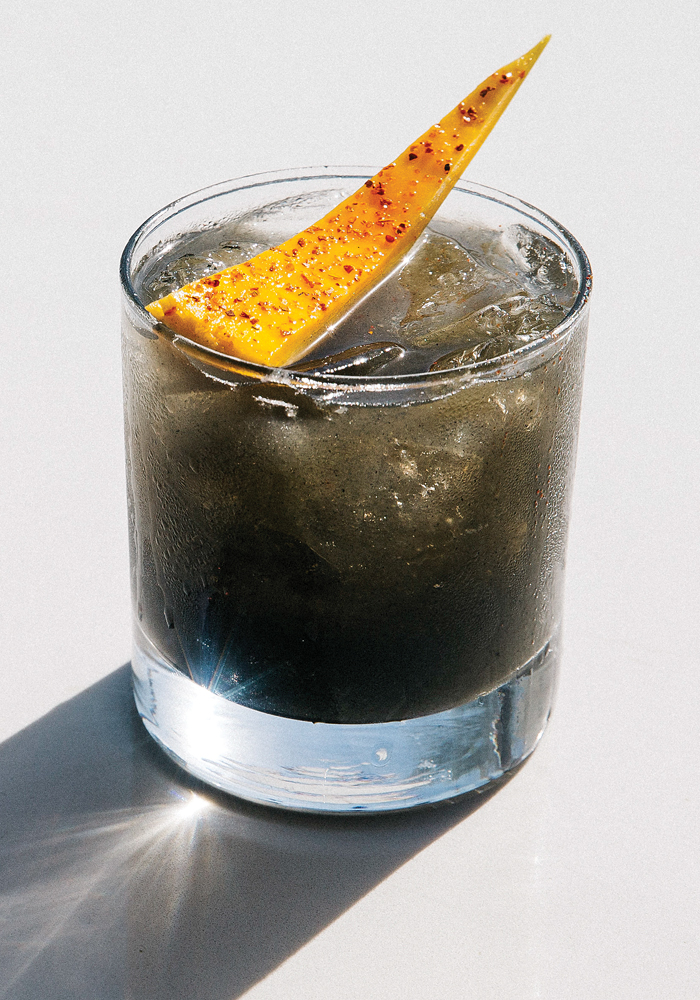
Death by Tequila’s signature is Los Muertos. “It’s our version of an elevated spicy Margarita, and the drink gets its jet-black color from the ash we make in-house using dried corn husks and chiles,” says Cusimano. “The ash loses its charcoal flavor, but keeps a small essence of burned corn and chiles, which complements the tequila.”
The cocktail gets a Tajín rim for a little extra spice and fresh mango garnish to add a little sweetness.
“My favorite cocktail is the Margarita,” says Gillian White, bar manager at Meauxbar in New Orleans that carries seven tequilas, six mezcals, a bacanora and a sotol. But she ranges farther afield on Meauxbar’s drinks list.
“We currently have a mezcal and sotol cocktail on the menu that also features guava nectar, lime, Cardamaro, Salers and Clement Mahina Coco (a rum Agricole based liqueur steeped with fresh, young coconut),” White says. “We also are currently featuring a tequila cocktail that is Margarita-esque, with Avua Balsamo cachaça, cilantro, pineapple, Ancho Reyes Verde liqueur, lime juice and Chareau aloe liqueur.”
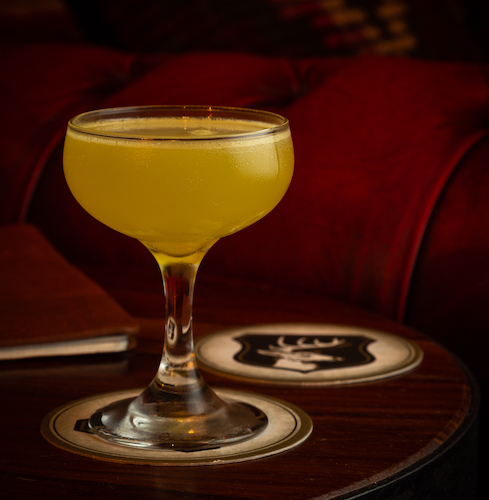
At The Sternewirth, Daley features three agave options on the signature drinks menu. First is the Hotel Emma La Babia Margarita; second is the Sweet Rosemary, which pairs the earthy Pueblo Viejo tequila with Aperol and rosemary. Third is the Rite of Spring, using Ilegal mezcal and Suze liqueur to create a floral, smoky option that still boasts big citrus freshness. Price range for cocktails is $9 to $15.
“We are always looking for new and interesting expressions,” says Daley. “As long as new options are being added to the market, whether as the result of producers getting creative or new distilleries popping up, we will always be eagerly looking for the next exciting thing.”
Thomas Henry Strenk is a Brooklyn-based writer specializing in all things drinkable.


